-
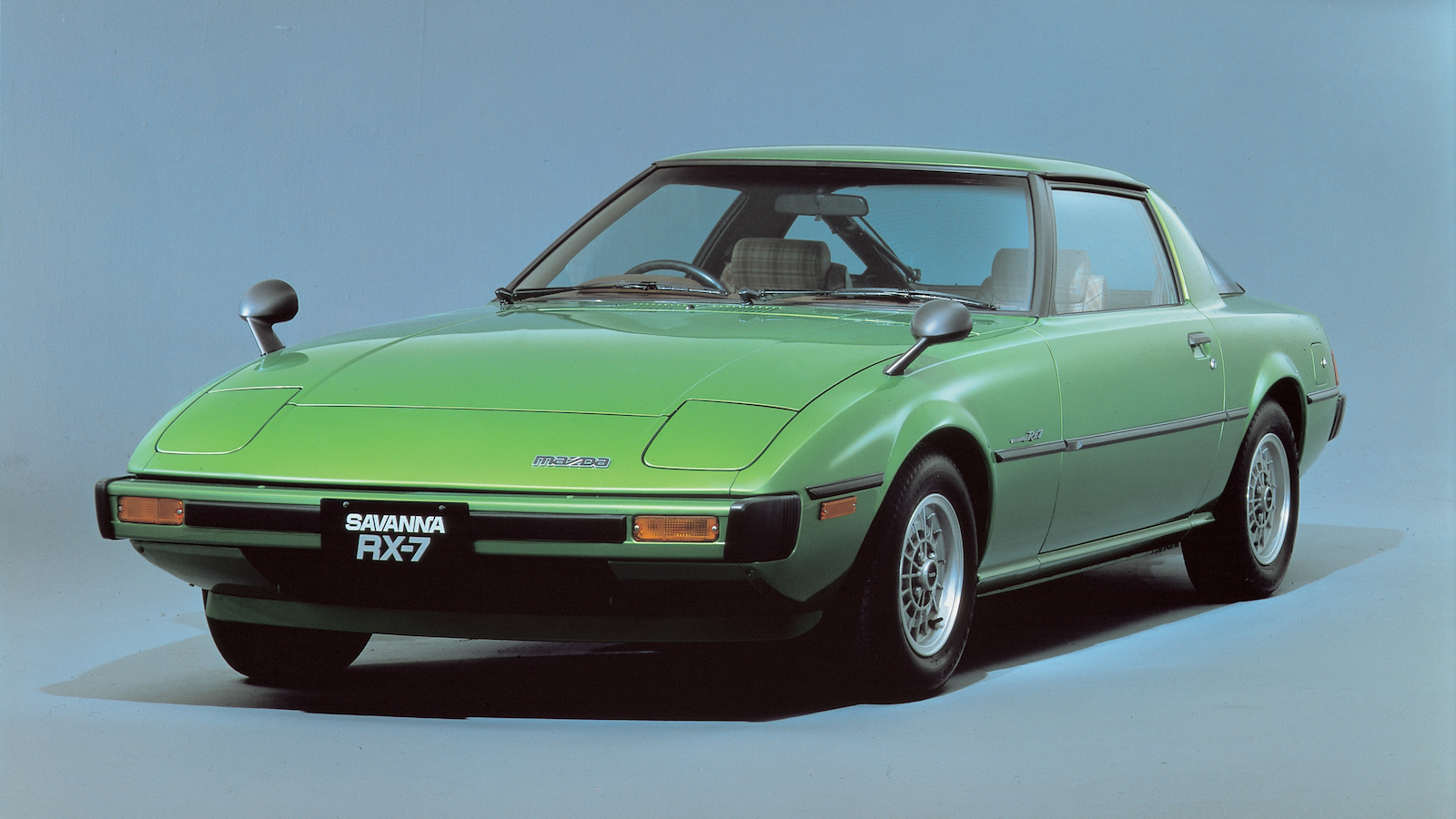 © Mazda
© Mazda -
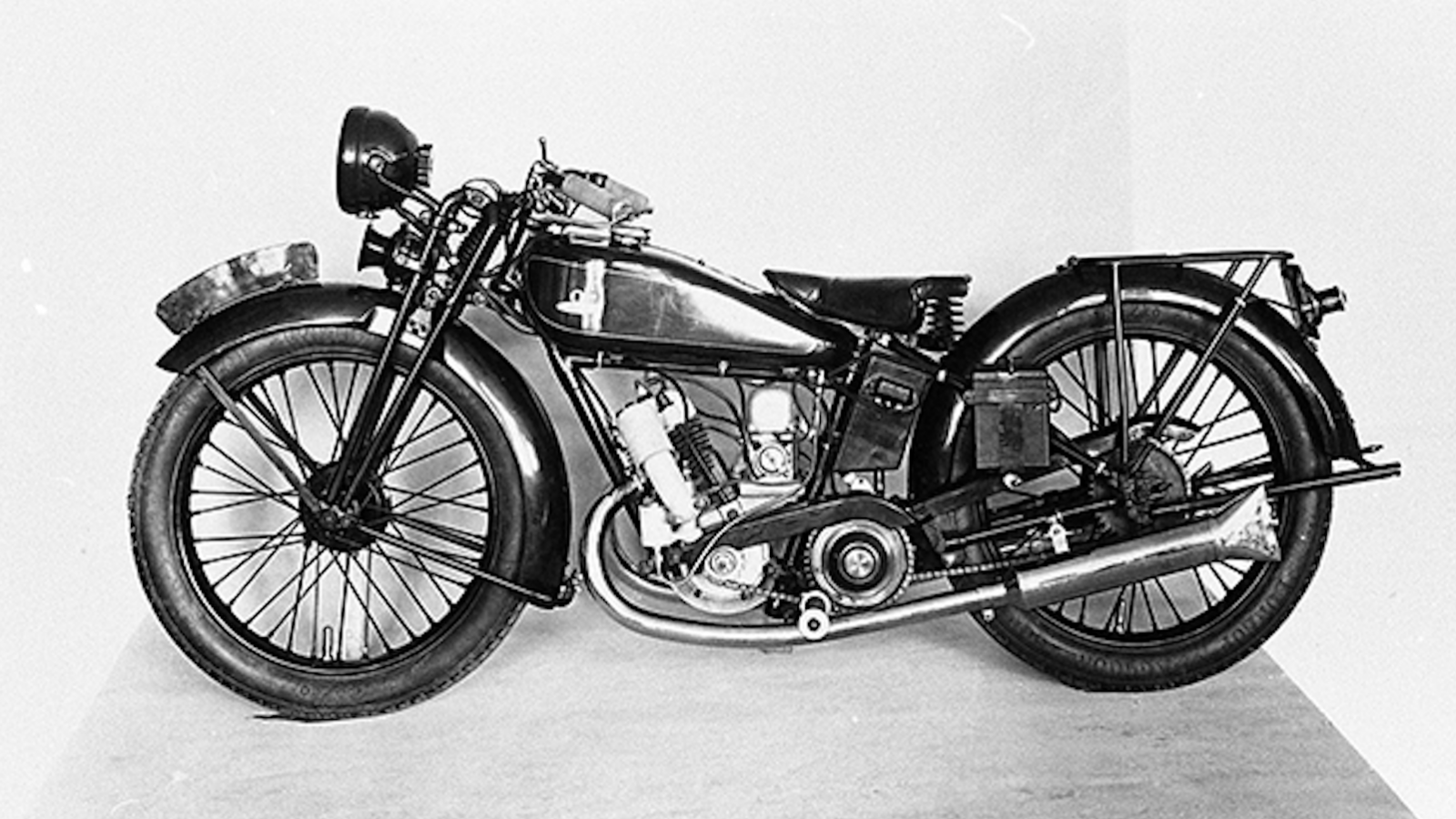 © Mazda
© Mazda -
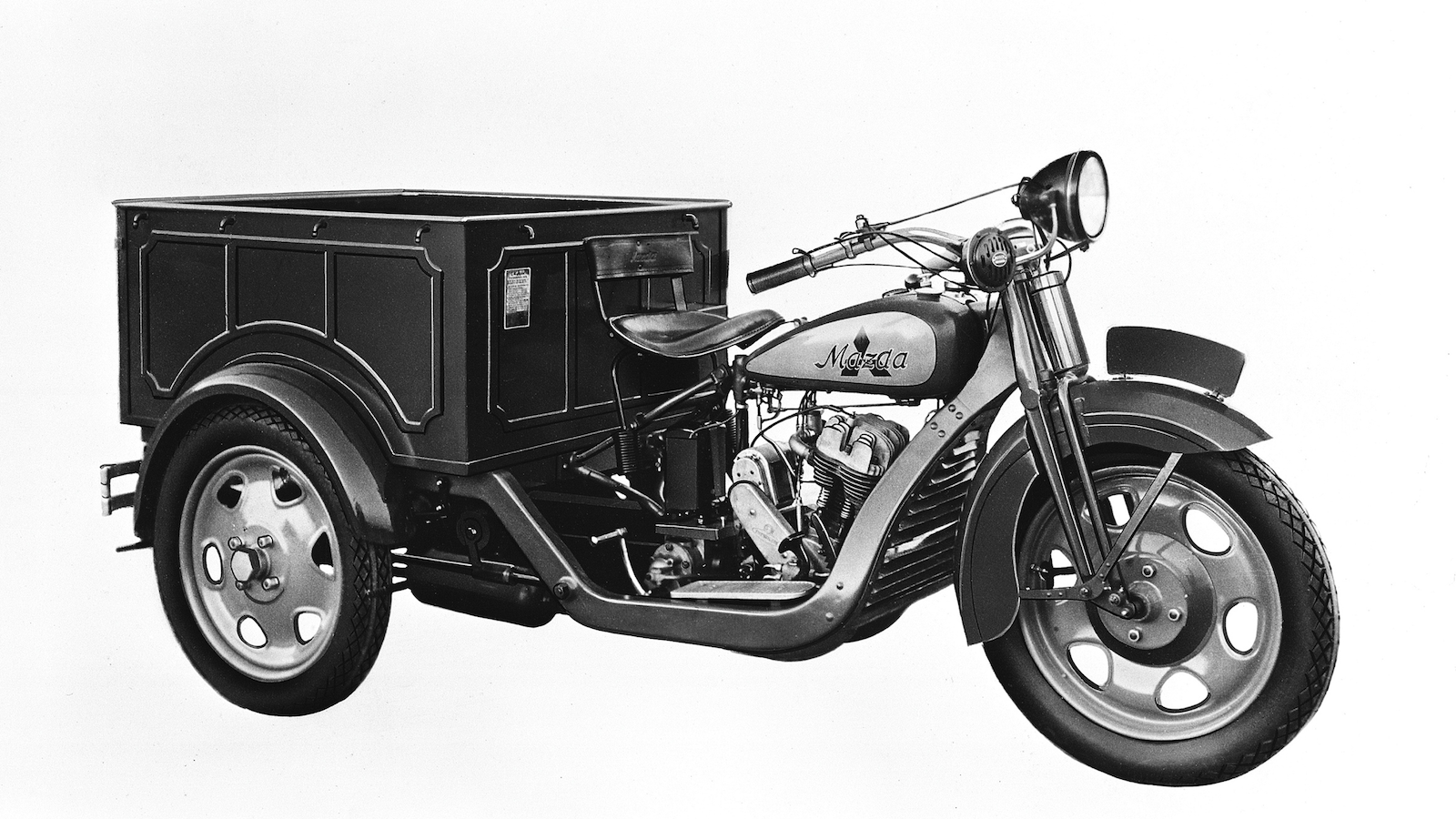 © 100 years of Mazda
© 100 years of Mazda -
 © Mazda
© Mazda -
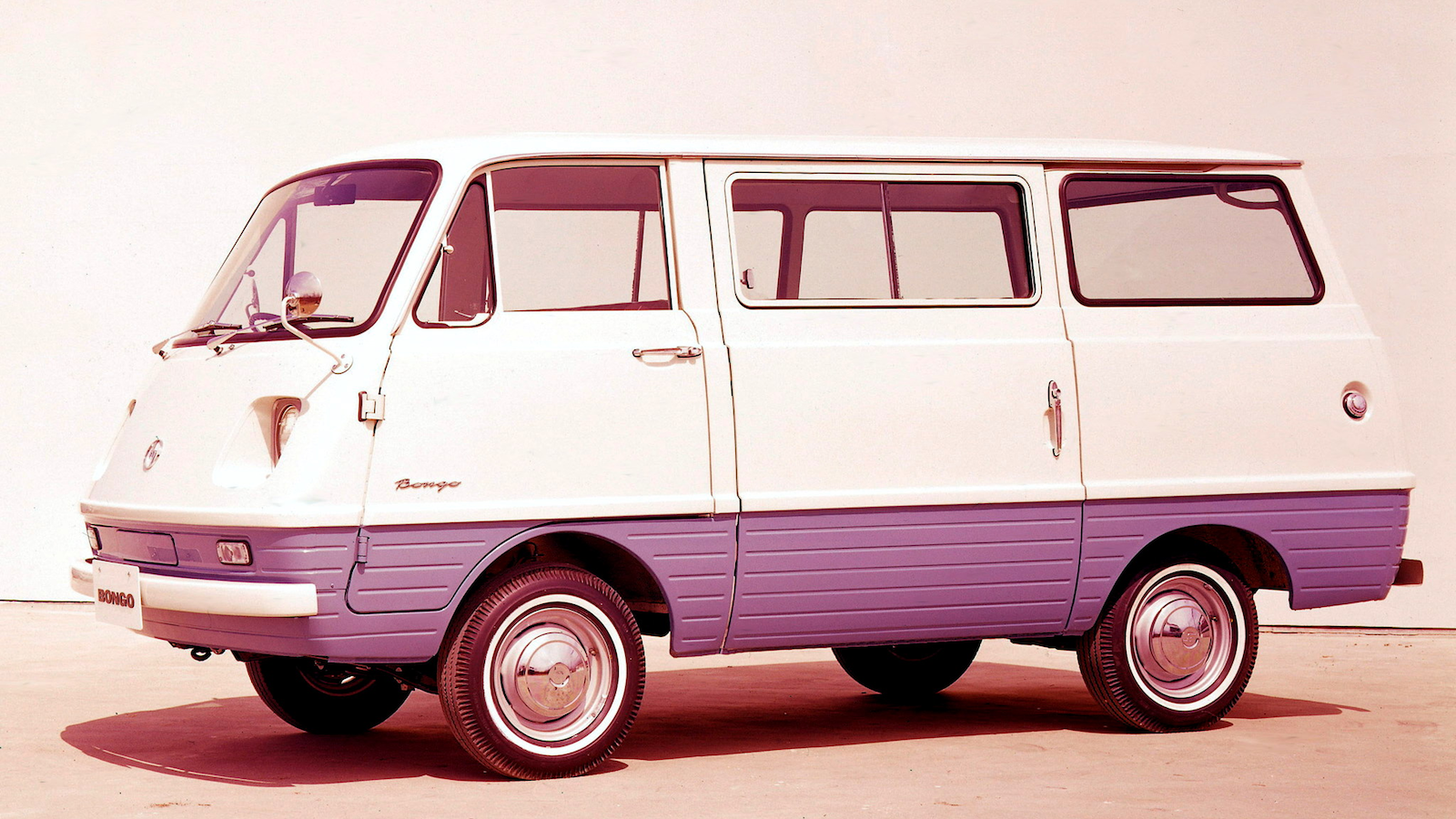 © Mazda
© Mazda -
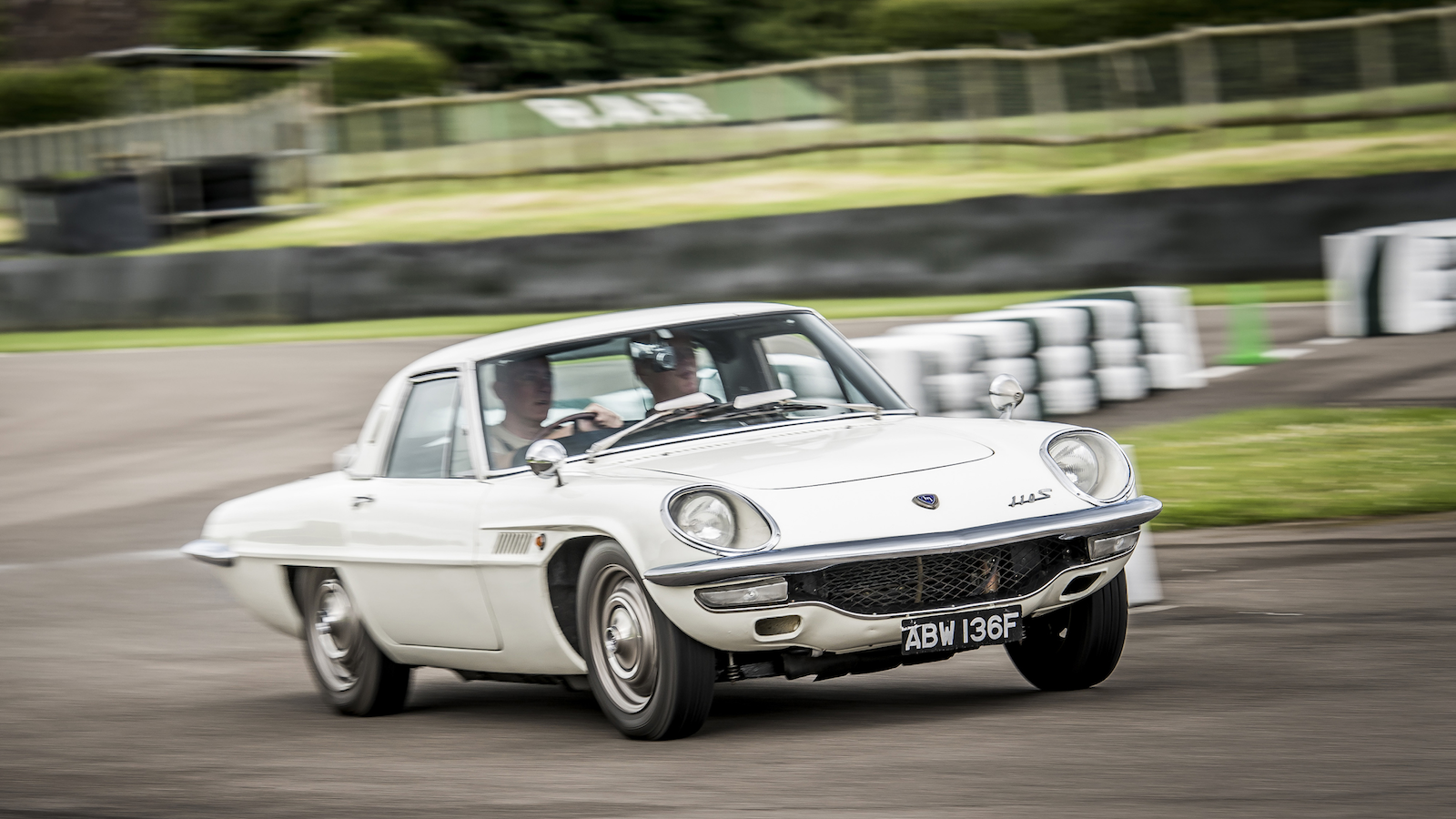 © Mazda
© Mazda -
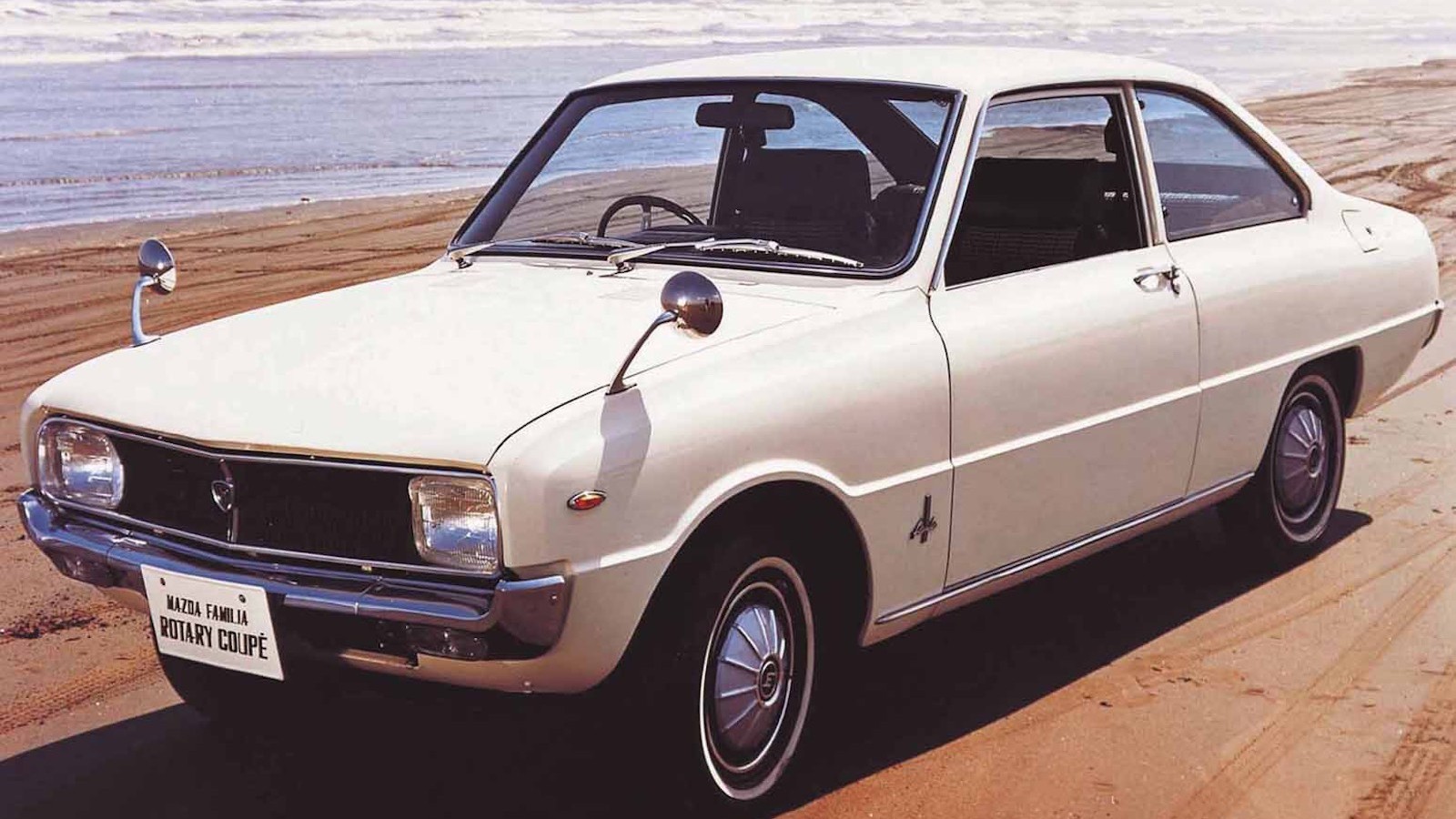 © Mazda
© Mazda -
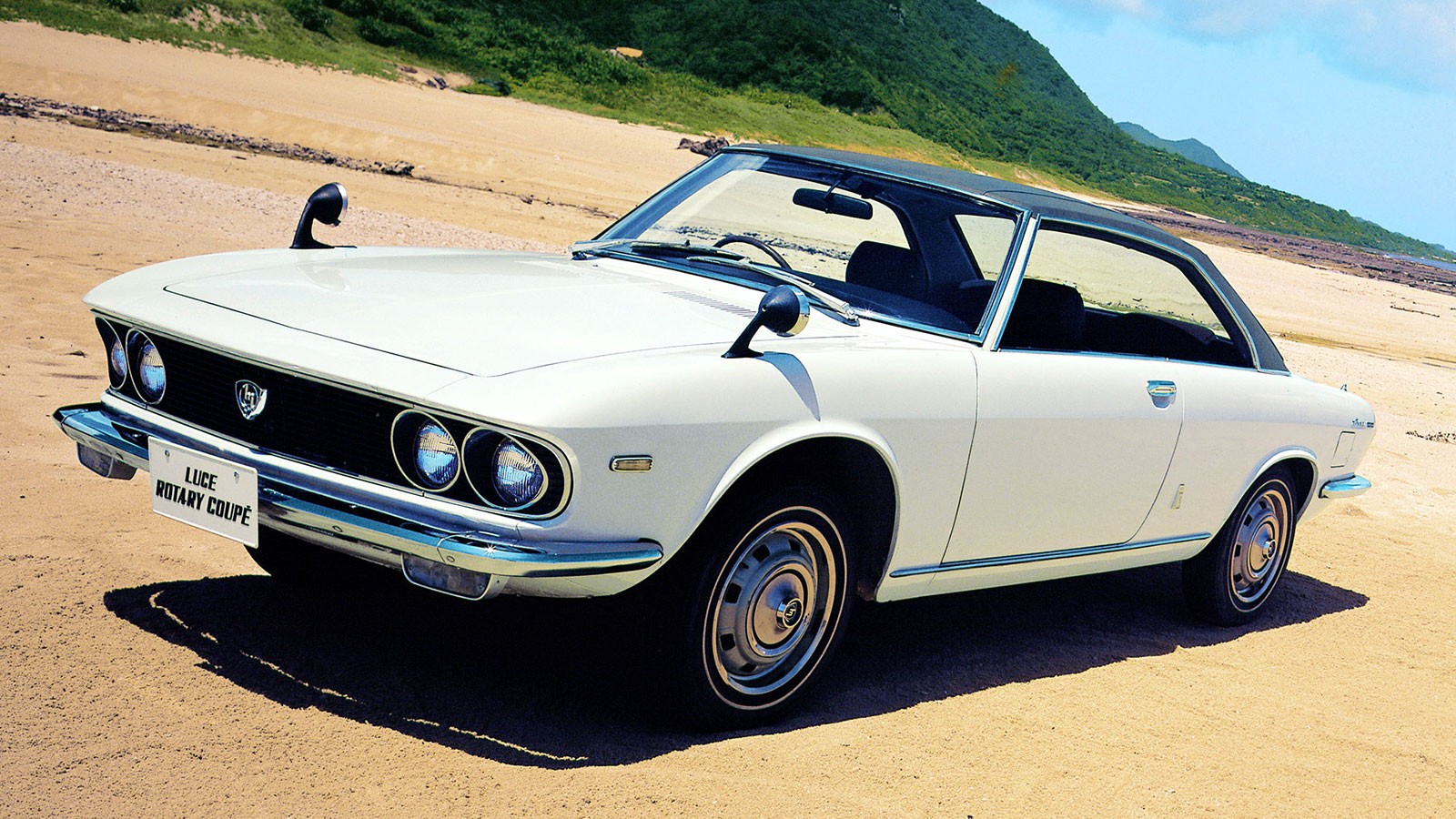 © Mazda
© Mazda -
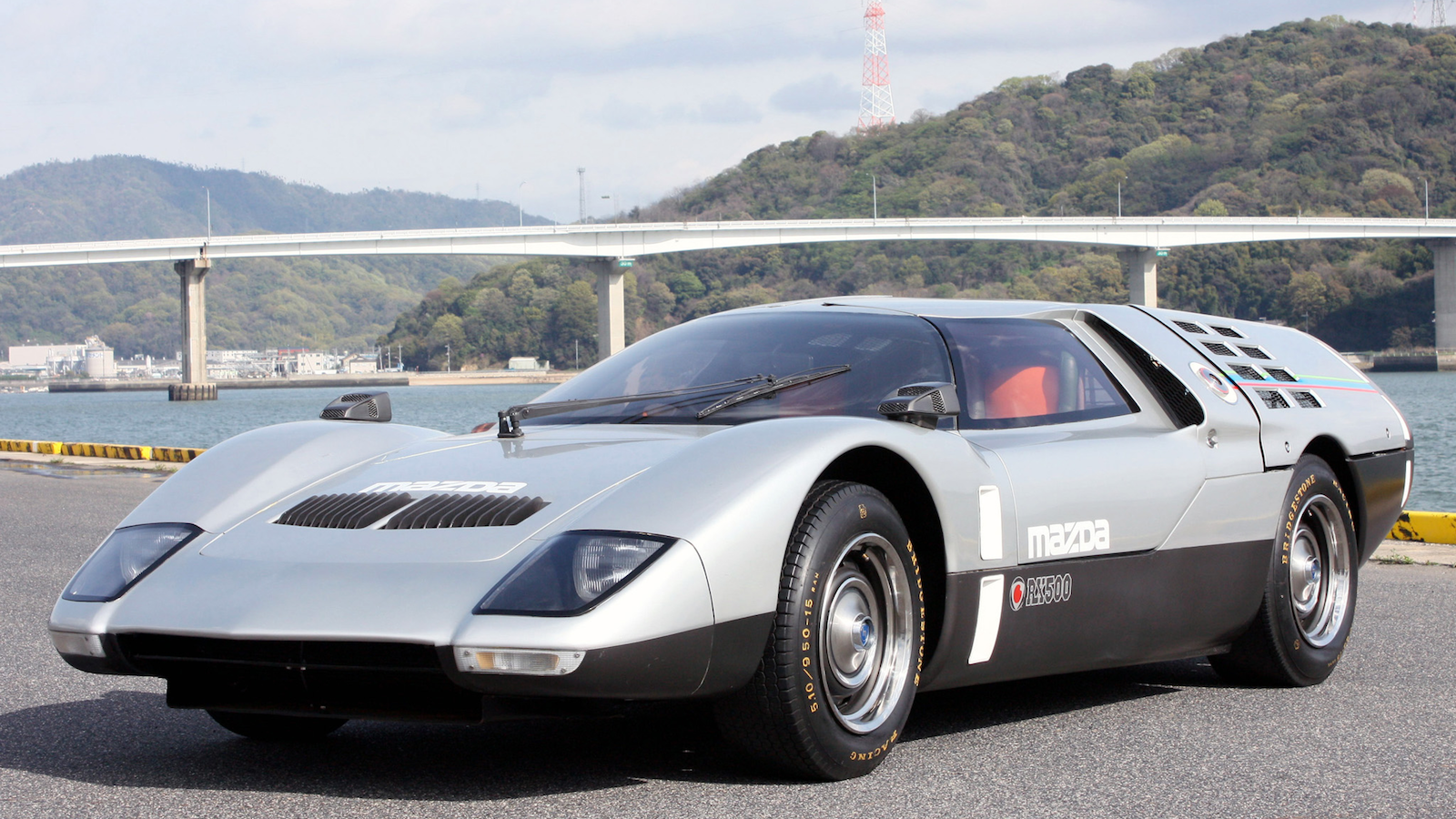 © Mazda
© Mazda -
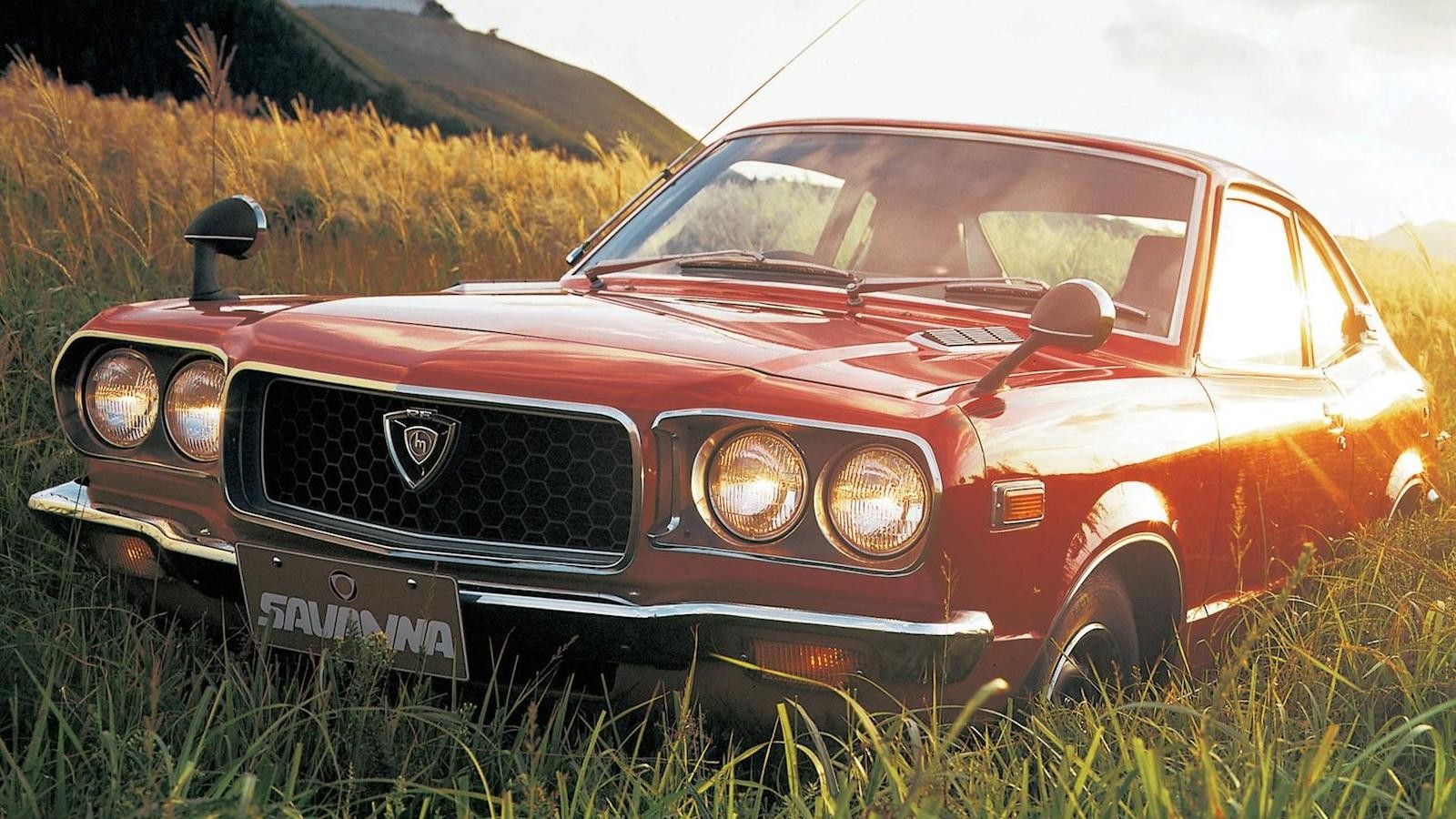 © Mazda
© Mazda -
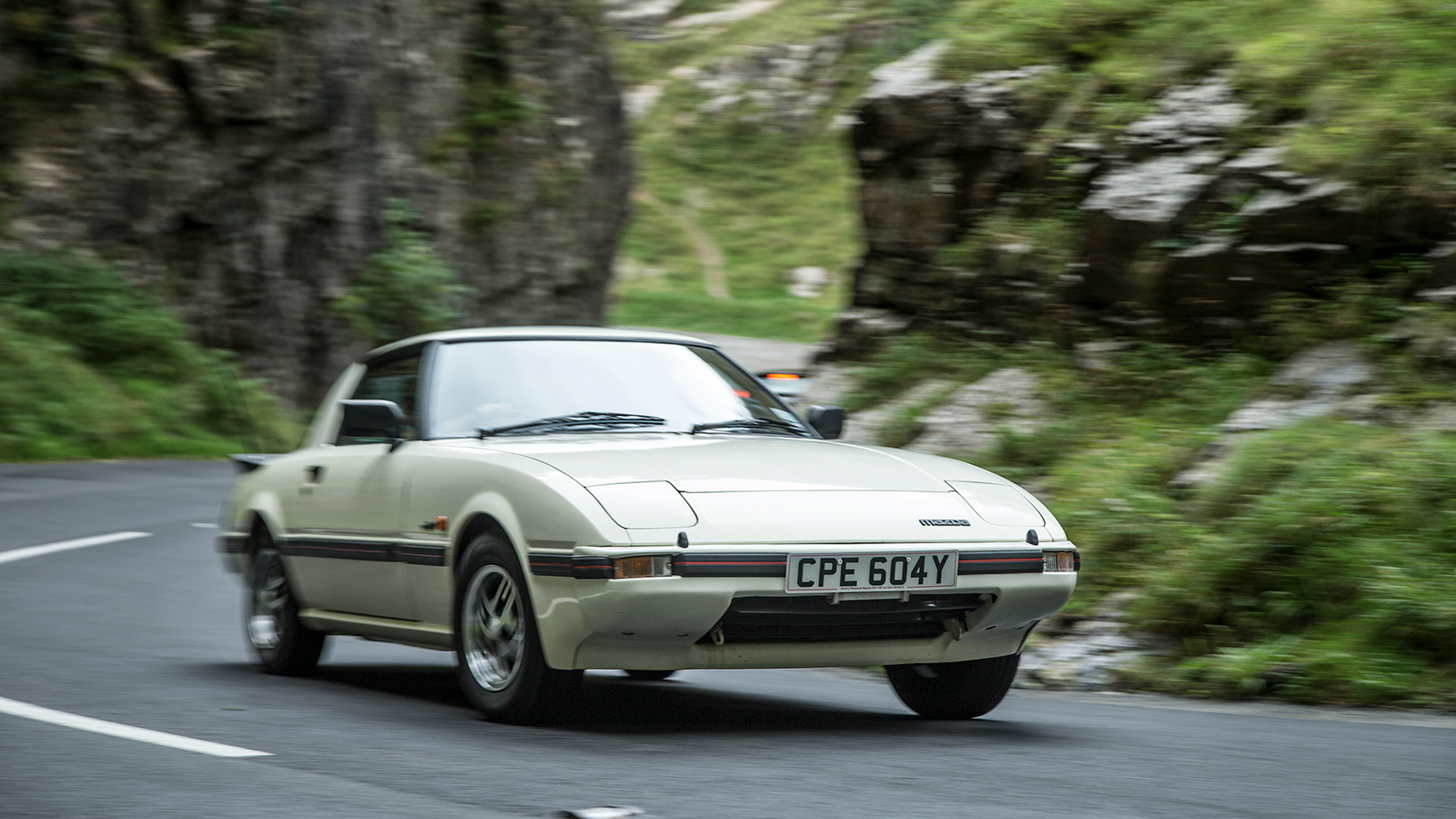 © Classic and Sports Car
© Classic and Sports Car -
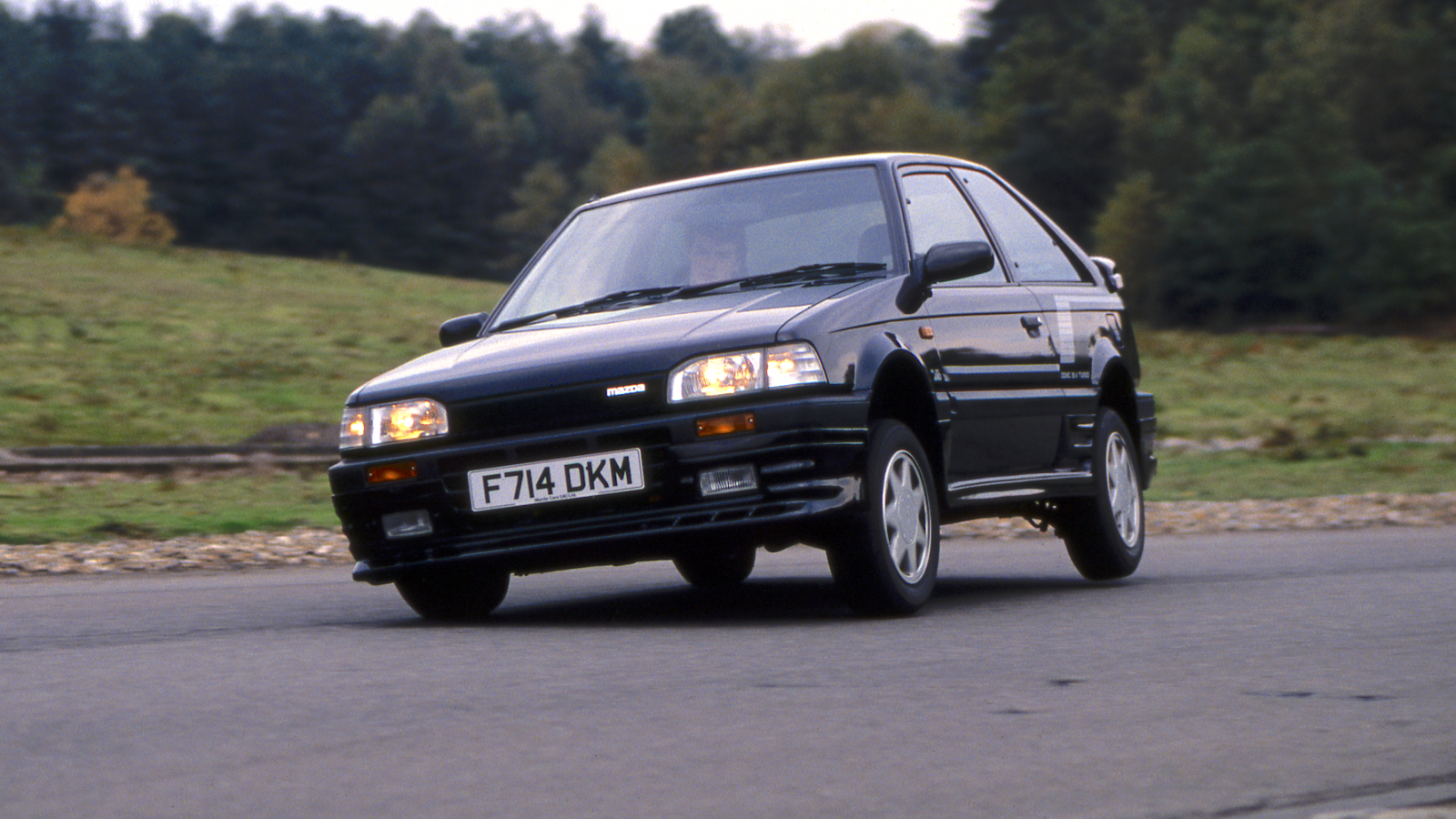 © Haymarket Automotive
© Haymarket Automotive -
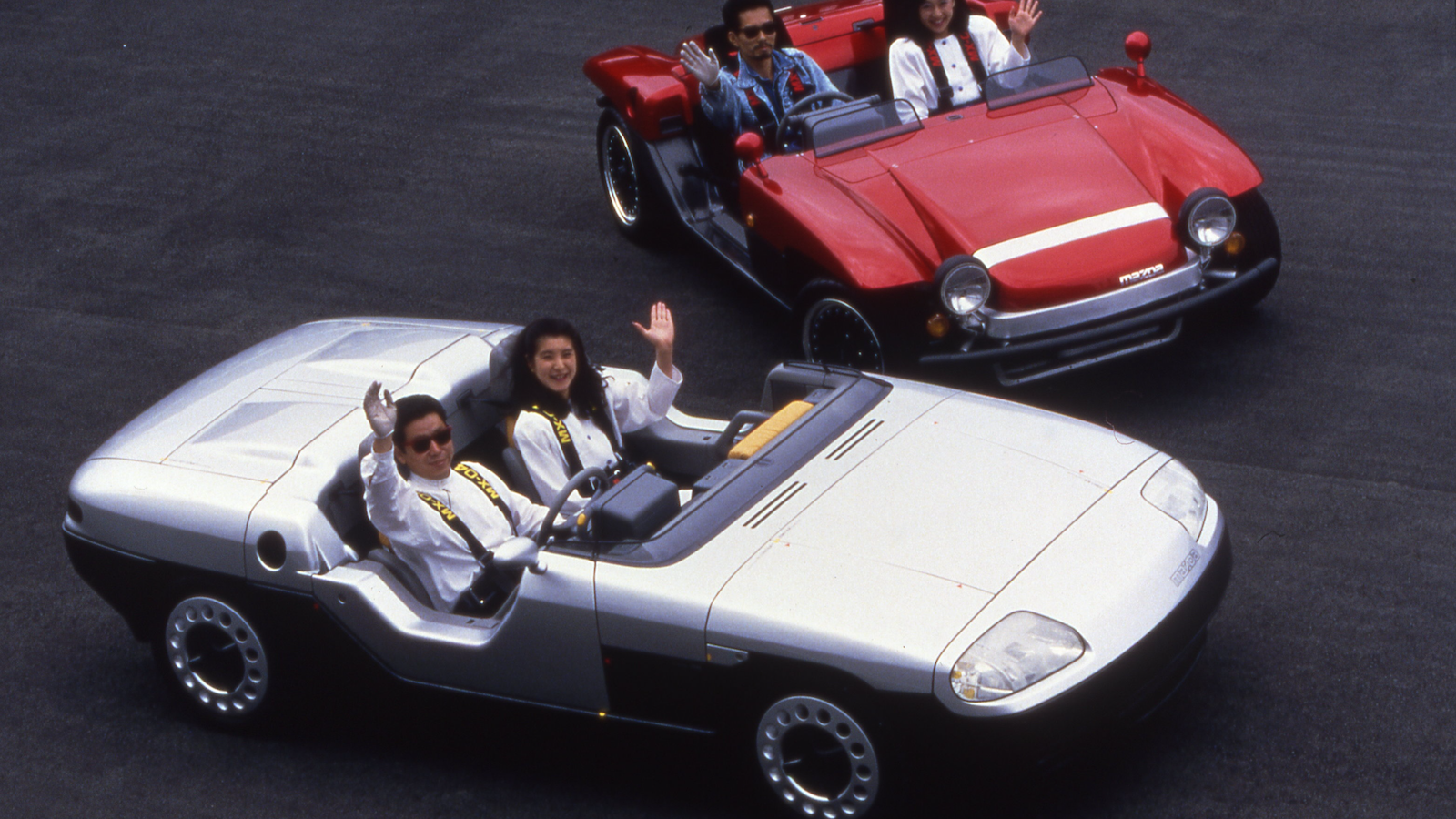 © Mazda
© Mazda -
 © Haymarket Automotive
© Haymarket Automotive -
 © Mazda
© Mazda -
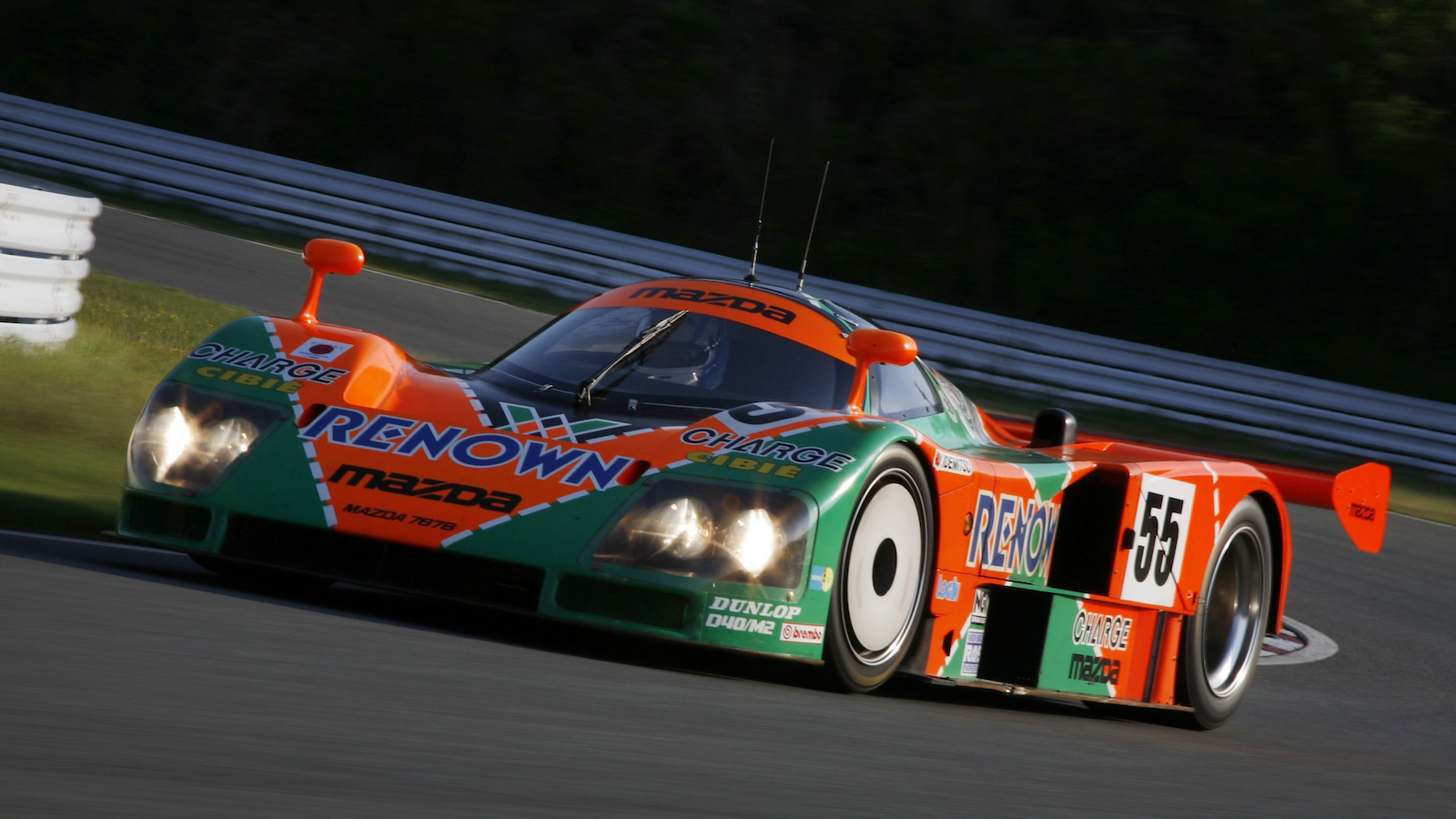 © Haymarket Automotive
© Haymarket Automotive -
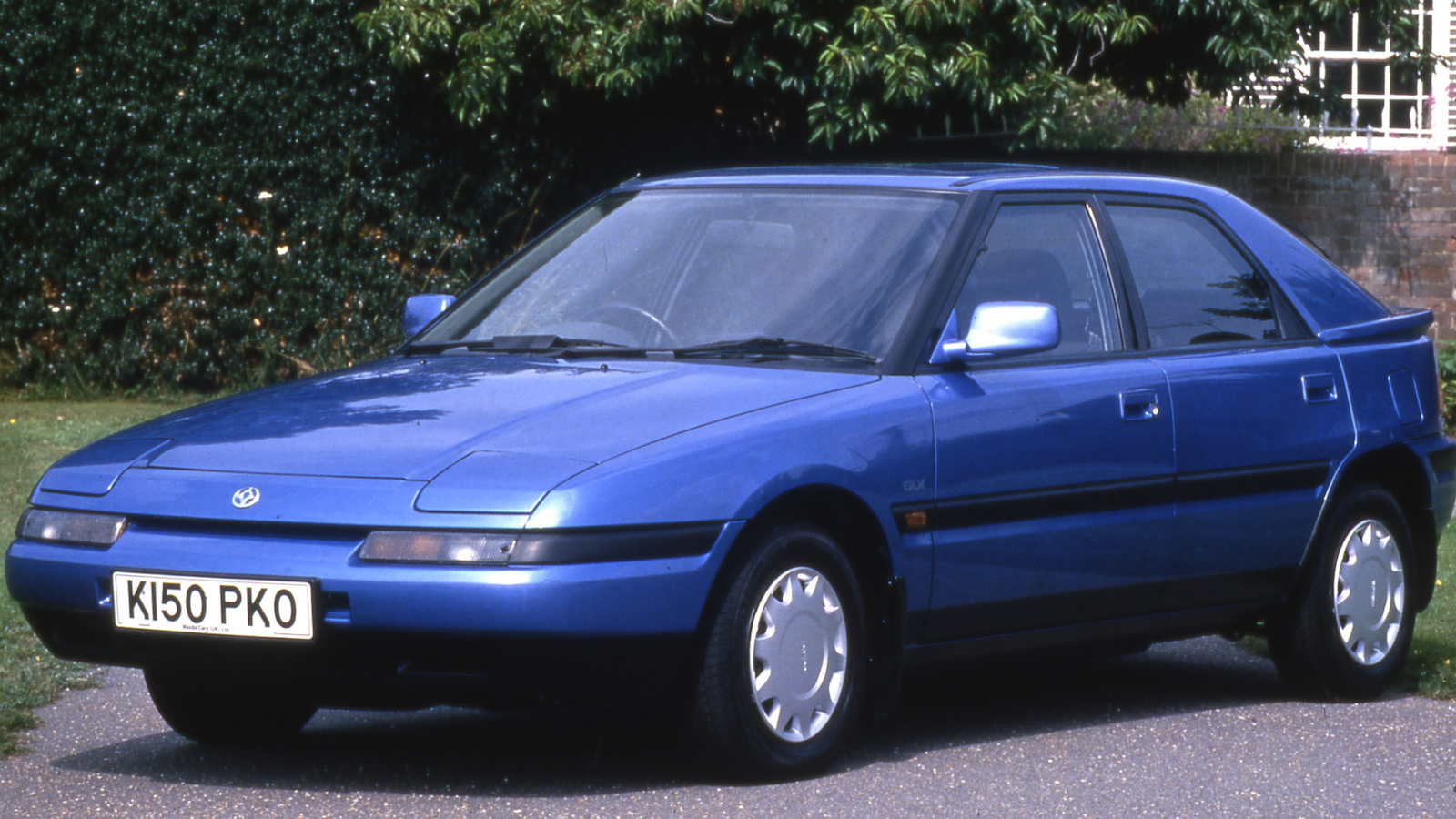 © Mazda
© Mazda -
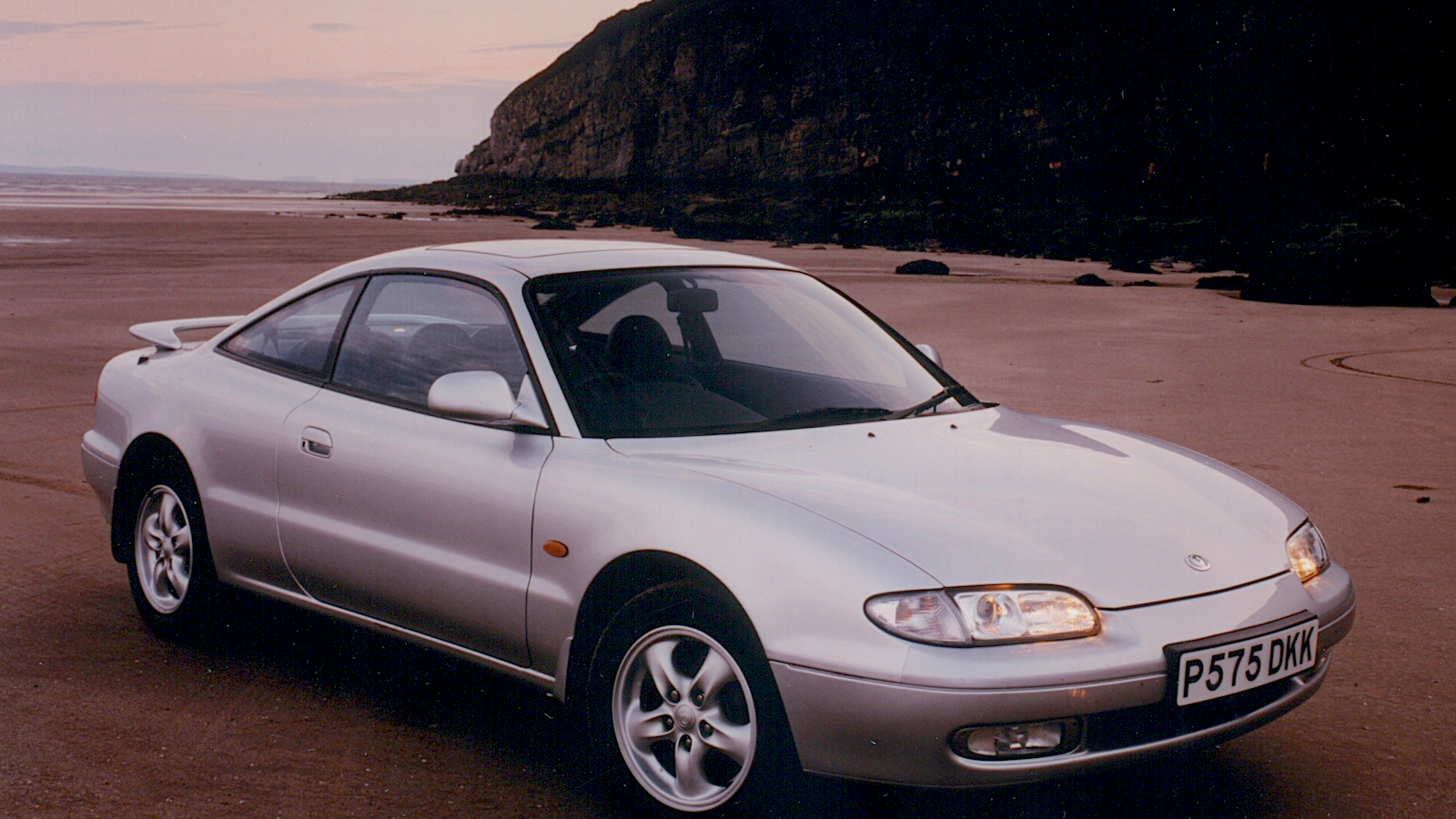 © Mazda
© Mazda -
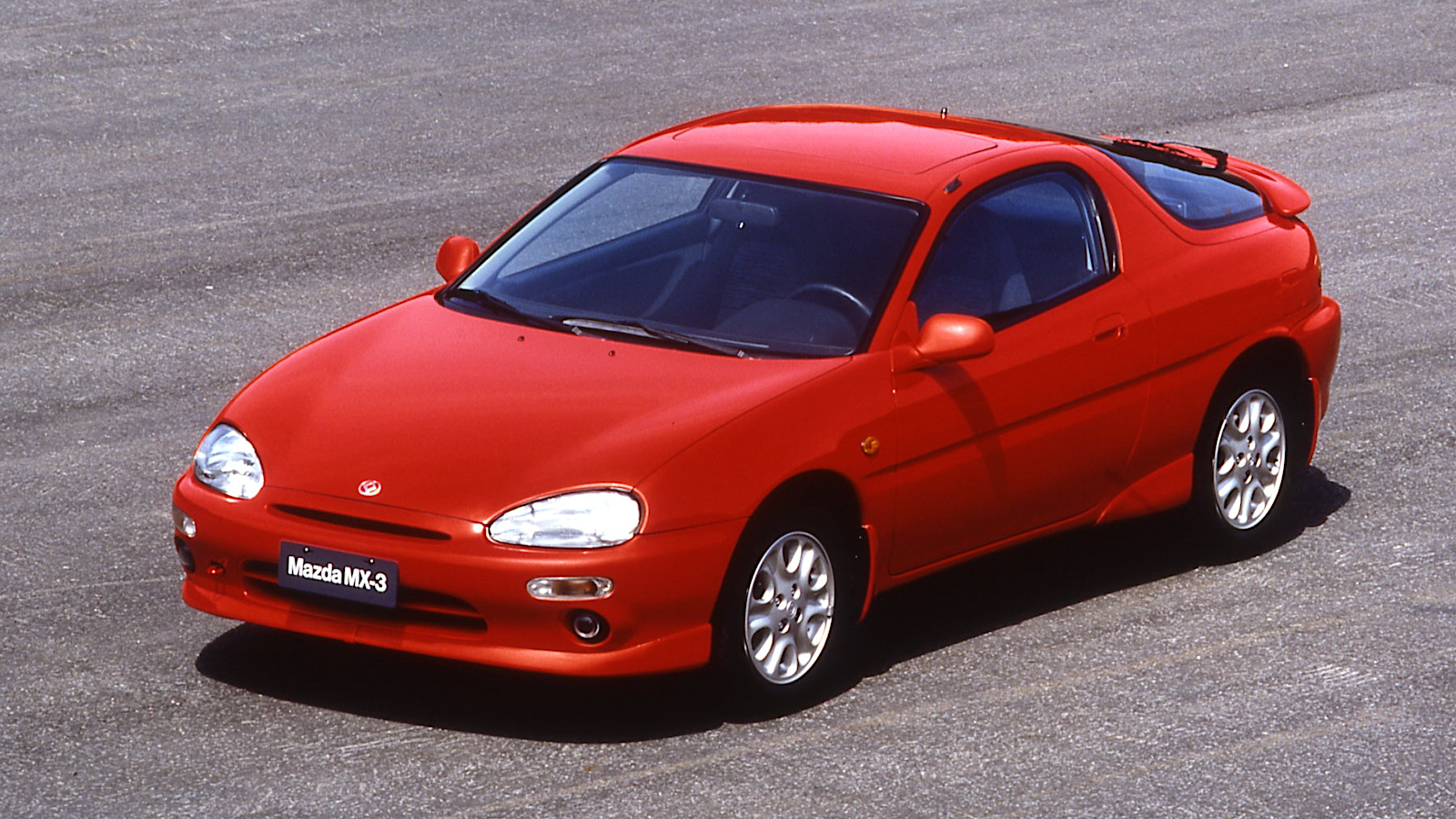 © Mazda
© Mazda -
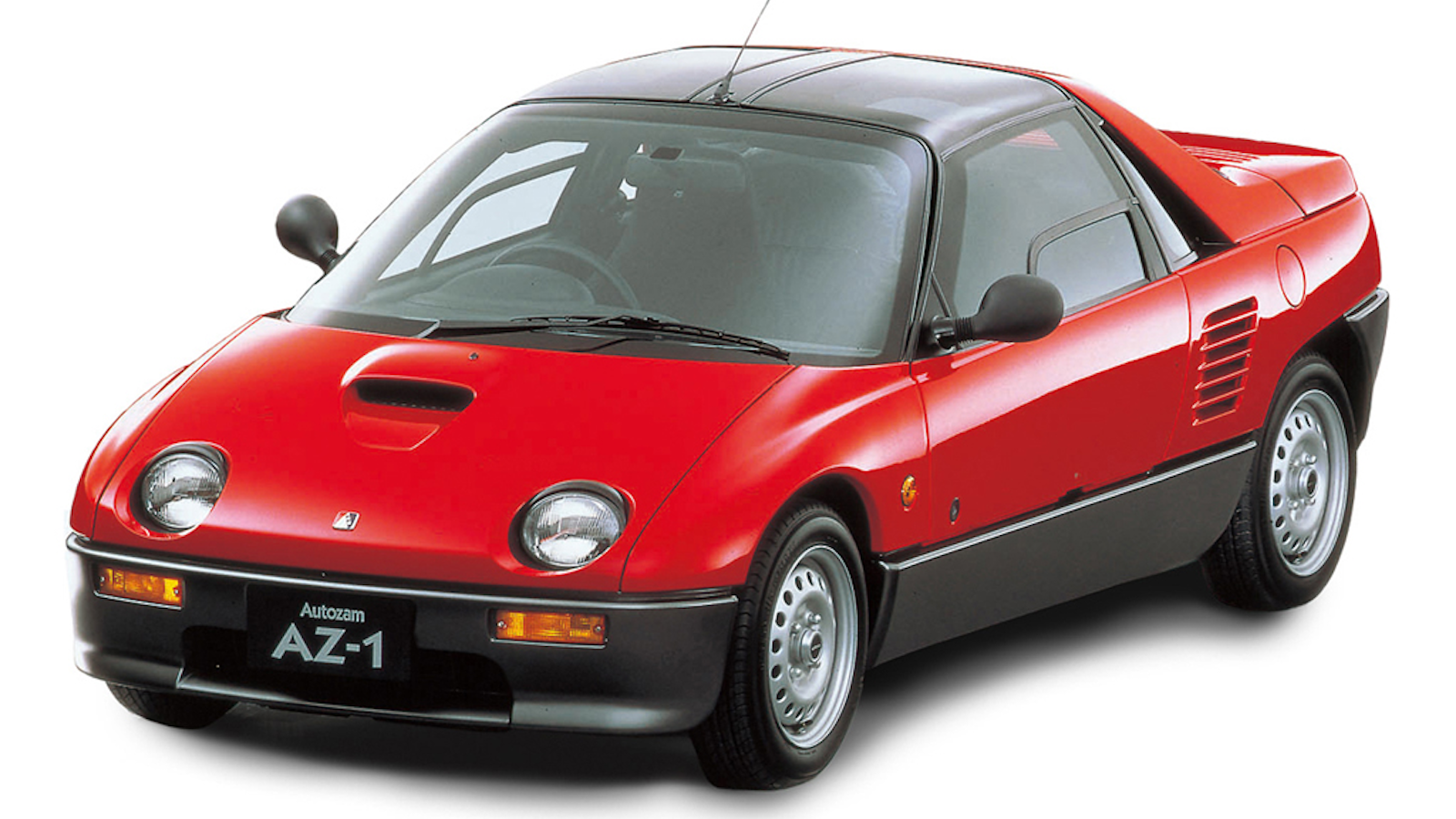 © Mazda
© Mazda -
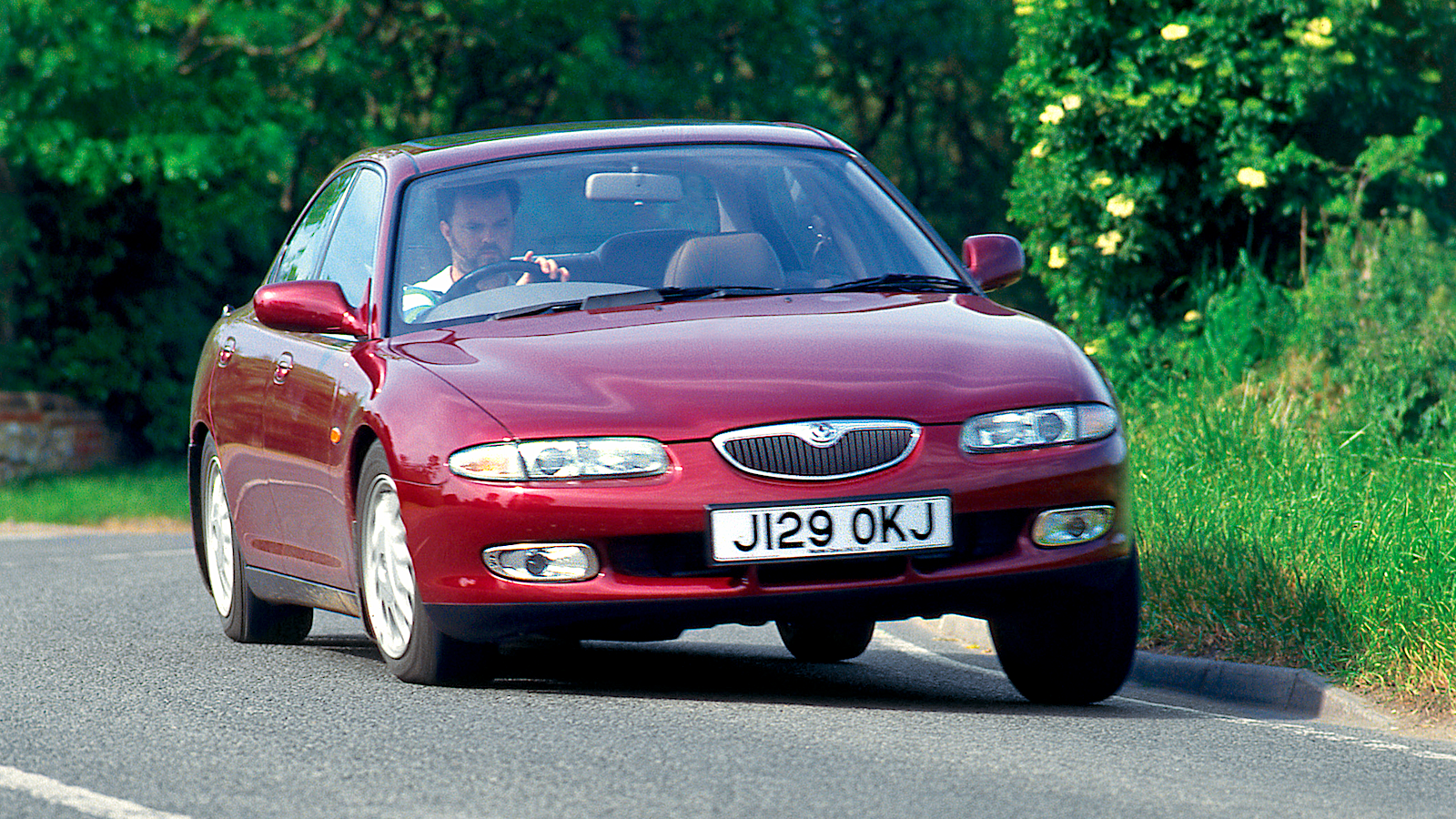 © Haymarket Automotive
© Haymarket Automotive -
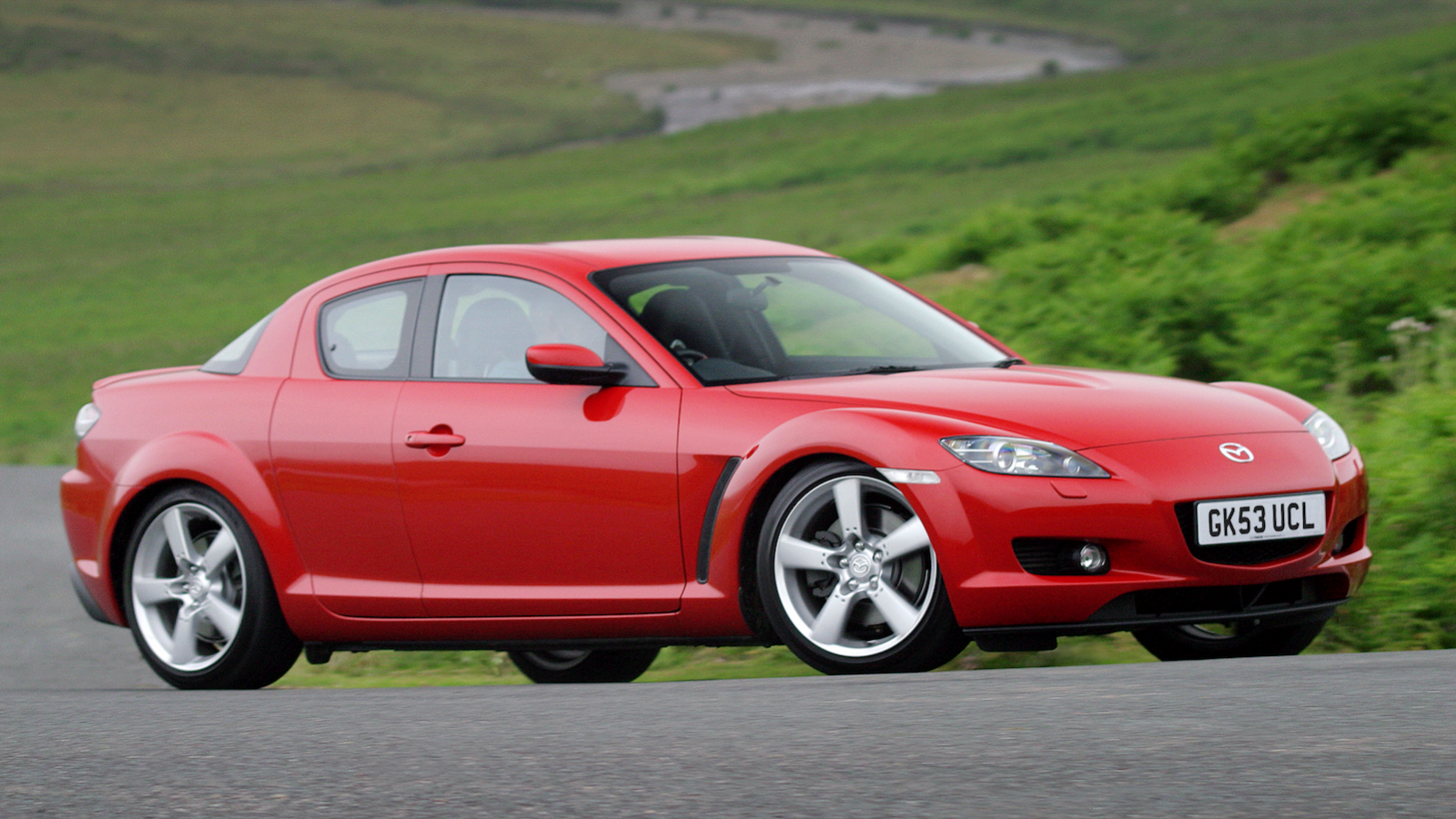 © Haymarket Automotive
© Haymarket Automotive -
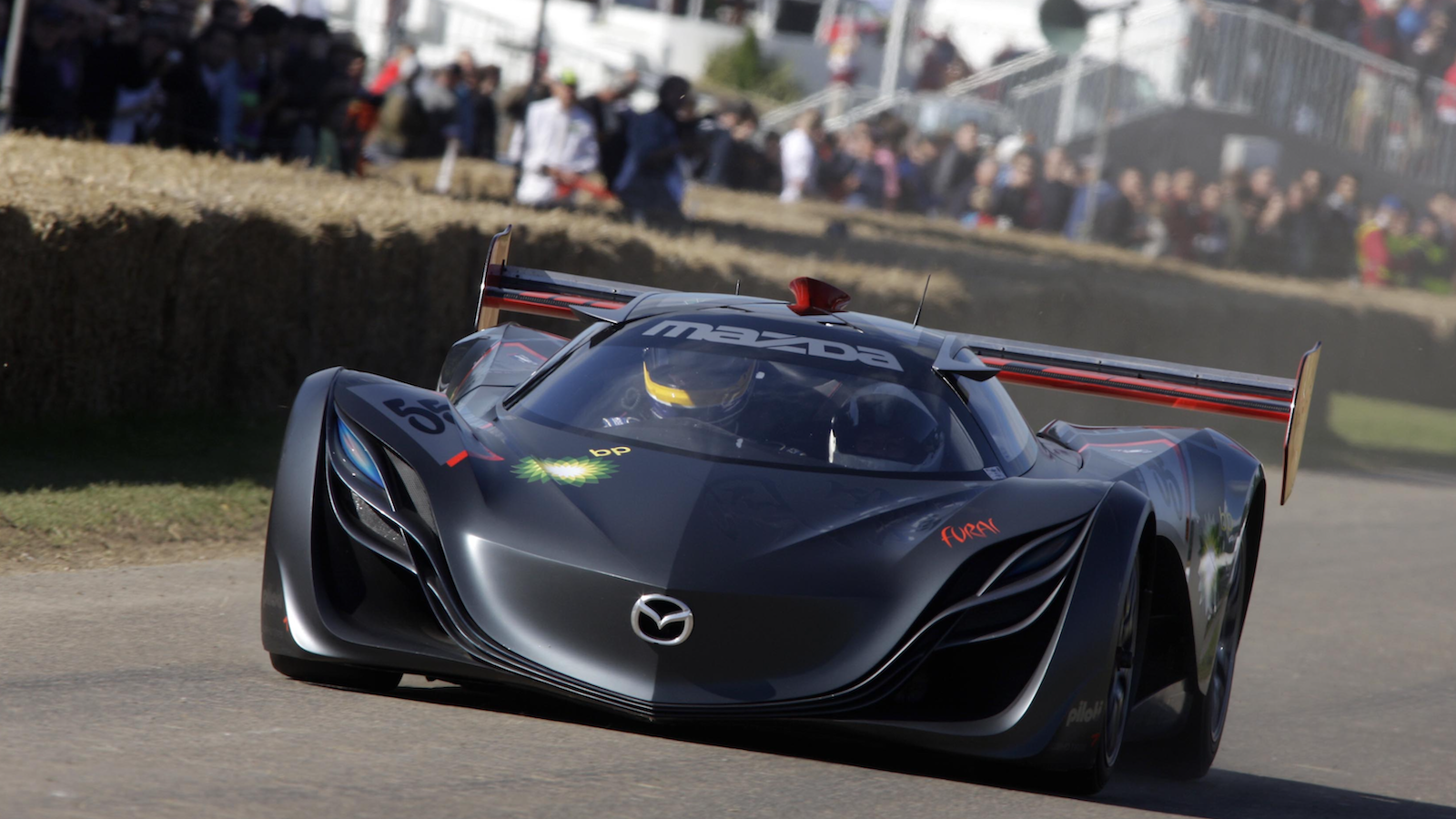 © Mazda
© Mazda -
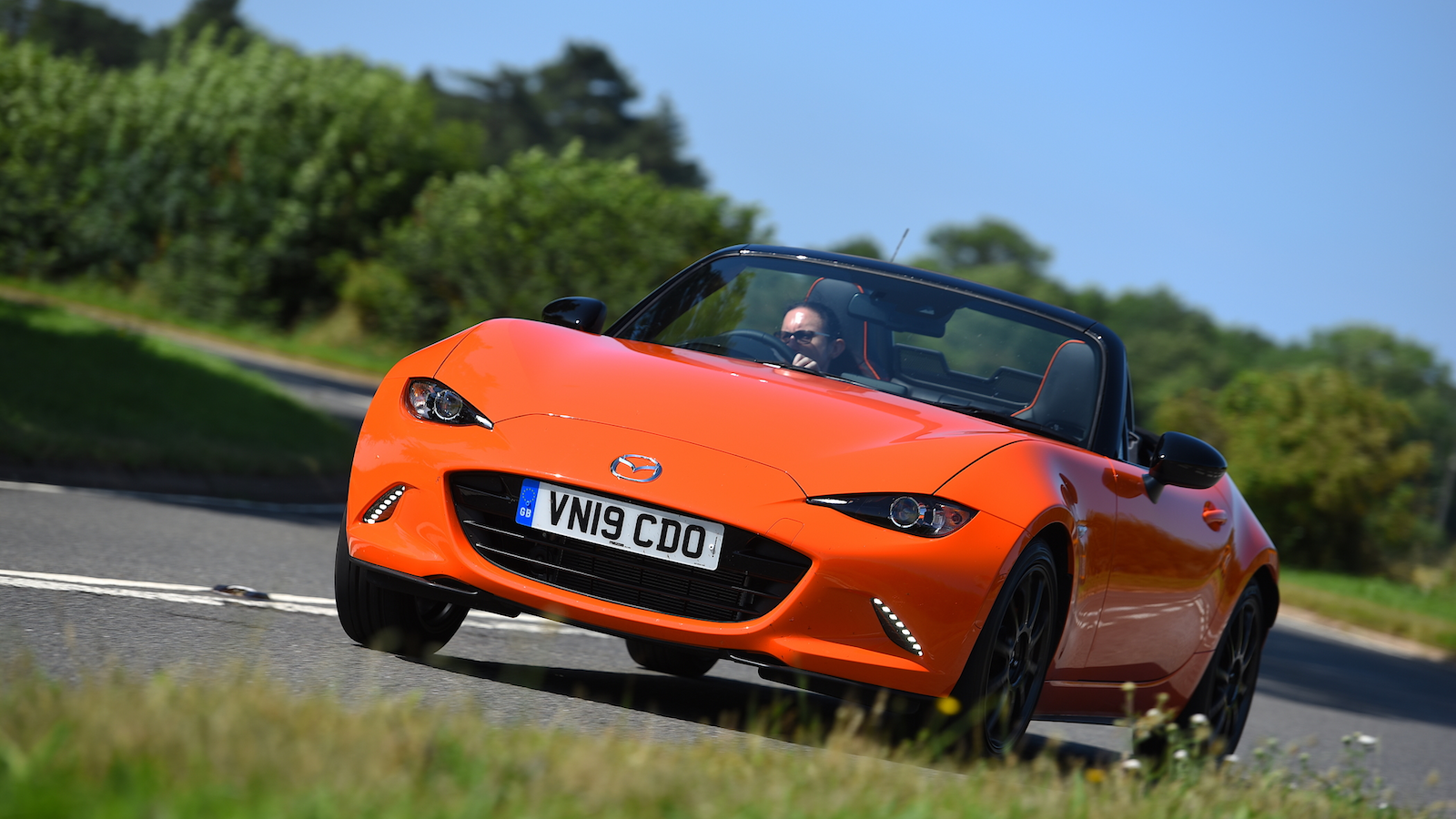 © Classic & Sports Car
© Classic & Sports Car
-
The highs – and not so highs – of the Japanese marque’s first century
Japan’s quirkiest car maker Mazda turned 100 this year (on 30 January). That’s a century of bonkers rotary cars, race winners and genre-defining affordable sports cars.
But did you know the company started off building motorcycles and auto rickshaws? Or that it was the first to fit a modern GPS navigation system to a car way back in 1990?
Read on for our potted history of a marque that’s never been afraid to innovate.
-
1. Mazda motorcycle
Mazda started life in 1920 as Toyo Cork Kogyo Co Ltd, specialising in first artificial cork and later tool manufacturing.
By the end of the decade, though, it was keen to tap into the booming motorbike business and started work on a 250cc two-stroke prototype.
The ’bike soon proved its worth, beating a British Ariel in competition in October 1930 – and convincing the company to build 30 production versions.
-
2. Mazda-Go Type-DA
By 1931 the company had become Mazda, named after company president, Jujiro Matsuda. The first Mazda was a small three-wheeled utility truck, one of the earliest auto rickshaw vehicles of a kind that is still popular throughout Asia.
Mazda spent the next three decades – aside from an inconvenient interruption for WW2 – building three and four-wheeled commercial vehicles.
-
3. Mazda R360
Although Mazda is celebrating its centenary in 2020, it didn’t build its prototype four-wheel passenger car until 1940 – and it took another 20 years to get one into production.
And this is it: the cartoon-like R360. Mazda claimed the bonsai coupé’s 16bhp two-cylinder engine was the first four-stroke fitted to a microcar.
-
4. Mazda Bongo
Named after a type of antelope rather than any kind of water-facilitated smoking device possibly found in the back of one of the later Friendee camper variants popular with young travelling types, the Bongo van was launched in 1966 and lasted until 2005.
-
5. Mazda Cosmo
Only four years after producing its very first car, the humble R360, Mazda stunned crowds at the 1964 Tokyo Motor Show with a prototype of the 115mph Cosmo.
Produced in tiny numbers between 1967 and 1972, it kicked-off Mazda’s 40-year love affair with rotary engines.
-
6. Mazda R100
The mainstay of Mazda’s range for 40 years, the Familia was a small, sensible alternative to the likes of the Ford Escort and Volkswagen Golf.
But in R100 guise, with a rotary engine instead of the ordinary Familia’s piston motor under the bonnet, it was a motorsport hero, winning races in Singapore and Japan, and nabbing fifth and sixth behind four Porsche 911s at the 1970 Spa 24 Hours.
-
7. Mazda Luce R130
The original 1966 Luce was a sharp-looking Bertoné-designed rear-drive luxury saloon that bears more than a passing resemblance to BMW’s later E3 2500.
Bertoné’s Giorgetto Giugiaro also designed the Luce R130 coupé, though with rotary power and front-wheel drive it was a very different machine. Rare, too: fewer than 1000 were built.
-
8. Mazda RX500 concept
The biggest talking point of this 1970 mid-engined rotary concept was that Kamm-tail, which featured a red-yellow-green traffic light display to show following cars whether it was going, slowing or cruising.
-
9. Mazda RX-3/Savanna
The rotary-powered alter egos of Mazda’s 1970s piston-engined Grand Familia coupés, estate and saloons went by the Savanna name in their home country, and RX-3 elsewhere.
And they were probably called #&$%! at Nissan’s HQ, after the little coupé won the 1972 Fuji Masters 250 ahead of the legendary Skyline GT-R.
-
10. Mazda RX-7
Mazda’s halo car until the MX-5 turned up, and still fetishised by rotary fans today, the RX-7 story spans three generations and almost 25 years.
The original 1978-85 FB and 1986-92 FC offered Porsche-like styling, beautifully balanced handling and a choice of naturally-aspirated or turbocharged rotary power, while the final FD went all in on turbocharging, using sequential blowers to deliver massive pace.
We’ve still got our fingers crossed for a replacement.
-
11. Mazda 323 Turbo 4x4
Mazda’s mostly forgotten Lancia Delta Integrale alternative scored three wins in Group A-era WRC competition and was fairly quick on the road too, using its 148bhp 1.6-litre engine and four-wheel drive traction to reach 60mph in 7.1 secs and top 120mph.
-
12. Mazda MX-04 concept
Just one in a series of bold motor show concepts created by Mazda in the 1980s, the 1987 MX-04 was a modular two-seater with removable body panels that enabled it to switch from roadster to coupé to stripped-down buggy.
Behind the scenes, of course, Mazda was working on the production MX-5.
-
13. Mazda MX-5
A decade after the British car industry walked away from the affordable roadster market, Mazda showed what a mistake that was with the simple, rear-wheel drive twin-cam MX-5.
Interestingly, while the original MX-5 clearly riffs on the style of the first Lotus Elan, Bob Hall, the former journalist who pushed Mazda to build it in the first place, claims he was actually inspired by a big Healey his dad had owned years before.
Sold under Mazda’s new, sporty Eunos brand in Japan, it was known as the Miata in the US.
-
14. Mazda Cosmo
Mazda applied its Cosmo badge for the fourth time in 1990 for this big luxo-coupé.
It looked blandly handsome, but the real news was under the skin: Mazda’s very special (and spectacularly thirsty) twin-turbo, triple rotor 20B engine was optional, and the interior featured a touchscreen interface and satellite navigation – sci-fi stuff 30 years ago.
-
15. Mazda 787B
This Group C racer was Japan’s first Le Mans victor, finishing ahead of the Silk Cut Jag XJR-12s in 1991, and it remains the only rotary-powered car to win the 24-hour race.
The 26B engine was capable of producing 700bhp and featured electronically operated telescopic intake runners to optimise power at different revs.
-
16. Mazda Astina/323F
Pop-up headlights made this Escort rival stand out from the family-car crowd, while the fuel-injected 1.8 twin-cam ‘four’ in the GT version made for a decently hottish hatch.
Sold as the Astina in Japan and 323F (fastback) in the UK.
-
17. Mazda MX-6
Some countries began using the MX-6 badge back in 1987 on a two-door 626, but Brits know it as the curvy coupé sister to Ford’s early 1990s Probe.
A creamy 165bhp V6 delivered power to the front wheels, and in some markets there was also rear-axle steering – technology Mazda had pioneered on the 626 the decade before.
-
18. Mazda MX-3
A swoopier alternative to an early 1990s hot hatch, the little MX-3 was praised for its nimble handling and the smoothness – but not the pace – of its tiny 1.8-litre V6.
Autocar’s test car took an unremarkable 8.9 secs to reach 60mph, though that was still miles better than the 13.4 secs required by the 1.6 auto version they tried four months later.
-
19. Autozam AZ-1
Nissan S-Cargo, Suzuki Cappuccino, Honda Beat: Japan’s ‘kei’ microcar market has given us some brilliantly inventive small vehicles.
But if we had to pick a favourite, it might be the AZ-1 Mazda sold via its Autozam sub-brand. Developed with Suzuki, this miniature MR2 featured gullwing doors and a mid-mounted turbocharged 657cc triple.
-
20. Mazda Xedos 6
A rival for BMW’s hugely popular E36 3 Series, the pretty front-wheel drive Xedos 6 (Eunos 500 in Japan) launched in 1992, followed by the 5 Series-sized Xedos 9 (Eunos 800) in 1993.
In the US, where Honda, Toyota and Nissan had already successfully launched their posh Acura, Lexus and Infiniti brands, they were to be sold under the Amati banner.
Things didn’t quite work out, though: a collapse in the Japanese economy led to Mazda cancelling the entire Amati project.
-
21. Mazda RX-8
Mazda changed tack for the RX-7’s replacement, introducing a very different kind of sports car. There was still a rotary under the bonnet, but this time there were no turbos, just a choice of 189bhp or 238bhp naturally-aspirated power.
If that wasn’t enough to make the RX stand out from rivals, a pair of rear-hinged rear doors gave access to an almost family-friendly back seat.
Rotary woes – and would-be buyers’ imagined fears of them – means they’re now neo-classic car bargains.
-
22. Mazda Furai concept
This striking triple-rotor concept generated a few headlines for Mazda on its release in 2007, but it garnered even more of them in 2013, when it was revealed that it had burned to the ground years previously during a Top Gear film shoot.
-
23. Mazda today
A century on, Mazda hasn’t lost its individualistic streak. The rotary engine, which we last saw in 2012, is on its way back as a range-extending power generator for a future electric Mazda, and recent concepts have hinted at an RX-9 sports car.
And, of course, the MX-5 is still going strong.
Now in its fourth generation, and with plans for a fifth in 2023, it’s found more than 1m buyers in a 30-year career, making it the world’s best-selling roadster – and ironically, far more popular than any of the classic sports cars it was designed to emulate.
